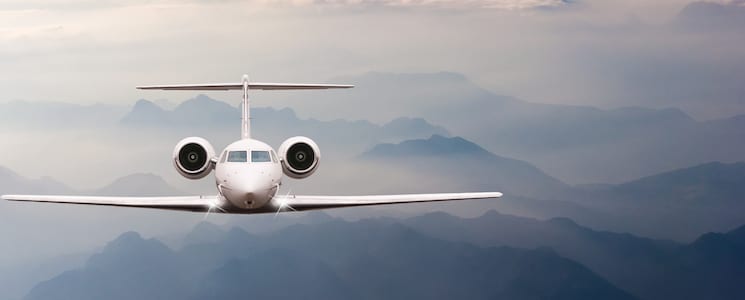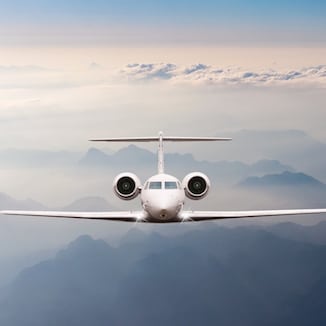
The recent iBase-t Excelerate Conference featured an illuminating presentation by Tom Captain from the Captain Global Advisory. He covered trends and challenges to be faced by the commercial aerospace industry. The bottom line: get ready for one of the biggest booms in history.
Load factors are at an all time high of 80%, and global travel demand is growing at 4.7% per year, twice the rate of gain of global GDP. Revenue Passenger Kilometers (RPKs) are up a staggering 800% since 1981 with 4 billion enplanements now occurring every year.
 It is an unprecedented era of exponential growth. Passenger enplanements were only 100 million back in 1960. They broke the billion mark in 1987, and didn’t pass 2 billion until 18 years later (2005). It took only 7 more years to reach 3 billion (2012), 5 years to pass 4 billion (2017), and they are forecast to exceed 5 billion by 2020. Captain predicts we will reach 10 billion by 2030. He noted that the commercial aerospace market is displaying similarities to the way the internet, cell phones and other technologies were suddenly embraced across the world over the past couple of decades.
It is an unprecedented era of exponential growth. Passenger enplanements were only 100 million back in 1960. They broke the billion mark in 1987, and didn’t pass 2 billion until 18 years later (2005). It took only 7 more years to reach 3 billion (2012), 5 years to pass 4 billion (2017), and they are forecast to exceed 5 billion by 2020. Captain predicts we will reach 10 billion by 2030. He noted that the commercial aerospace market is displaying similarities to the way the internet, cell phones and other technologies were suddenly embraced across the world over the past couple of decades.
But while the glory days of cell phone adoption are passed (sales trends are flattening), the best years lie ahead for the airline industry. Asia Pacific especially is likely to be the industry’s growth engine for the next twenty years. Its vast populations are discovering the planet in greater and greater numbers. As a result, China is likely to be the largest aviation market by 2024, with India moving up to number three behind the USA by 2025.
Those are some of the ongoing mega-trends. But a few other more sobering ones were pointed out by Captain. Average passenger revenue per RPK has been steadily trending down for decades, with a 47% decrease since 1990 when adjusted for inflation. That has caused airlines to adopt practices for greater efficiency, to embrace pricing engines, and to find ways to reduce costs. They have largely been successful. Operating expenses per RPK have dropped 26% in a decade.
This has been due to many factors. Industry consolidation along with lower fuel prices, and more workable cost structures have heightened profitability and raised margins. Route expansion and fleet upgrades are ongoing. The number of aircrafts produced in the past ten years has doubled. 1500 to 2000 planes per year is the current pace.
Despite this, there is a delivery backlog of 15,000 units. As that is the equivalent of a 10-year waiting list, OEMs are working hard to boost production and output. That will result in the total number of aircraft in service growing from 24,000 today to 49,000 by 2037. The majority of that growth will be in single aisle units.
Consider all the planes in service today. Less than 6,000 of them will remain in service by 2037. The current forecast is for more than 40,000 aircraft to be built over the next twenty years for a value of $6.3 trillion.
Commercial aerospace, then, is very much a growth business. But with the industry becoming more commoditized, price has become the major differentiator. To survive, costs must come down even more. That can only be achieved via digitization, and automation. By transforming into a digital manufacturing enterprise via process advances and the Internet of Things (IoT), production labor can be greatly reduced while raising efficiency and enhancing profitability.
iBase-t can assist those in aerospace to design and manufacture parts, systems and final products that are more innovative and less costly. iBase-t Solumina software solutions facilitate digital manufacturing for complex discrete manufacturers by filling in the gaps that between PLM, ERP and other enterprise systems. The iBase-t Digital Manufacturing Suite integrates engineering and business systems to establish the Real-Time Integrated Digital Manufacturing Enterprise.

